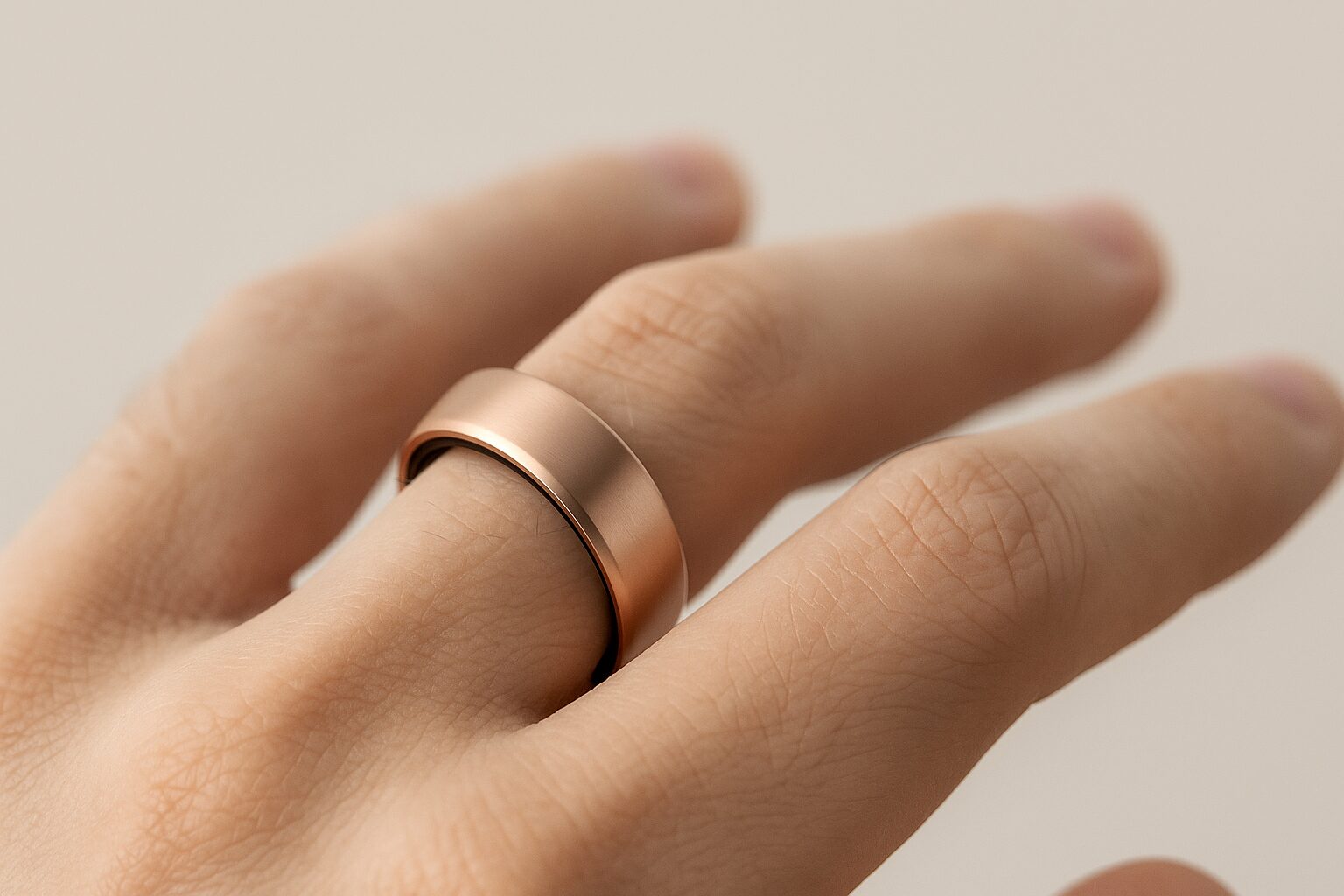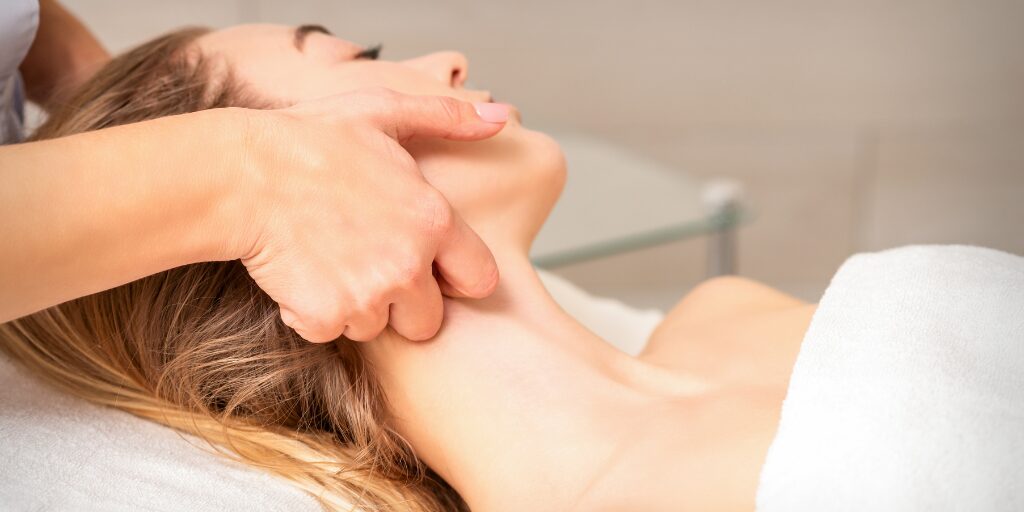In a market saturated with smartwatches and fitness bands, the Oura Ring 4 stands out by doing things differently—and, according to researchers, often more effectively. This sleek, screenless wearable wraps around your finger instead of your wrist, but the real magic lies beneath its minimalist design. Backed by science and built for precision, Oura Ring 4 brings unparalleled insights into your health, sleep, and recovery. Here are four standout features that give the Oura Ring 4 an edge over its competitors:
1. Sensor Placement for Unmatched Accuracy
The Oura Ring is worn on the finger—a detail that might seem minor until you consider the science. The finger offers a unique physiological advantage due to its dense vascular network, consistent skin thickness, and minimal interference from movement or body hair.
These anatomical features allow for cleaner photoplethysmography (PPG) signals, which are crucial for accurately measuring heart rate, blood oxygen levels, and other metrics. Compared to wrist-worn devices, which are more prone to signal disruption, the Oura Ring consistently delivers more reliable data—especially during sleep when precision matters most.
2. Clinical-Grade Heart & Sleep Monitoring
Oura Ring 4’s ability to track heart rate, heart rate variability (HRV), and body temperature trends is not just good—it’s been shown to rival medical-grade equipment. Studies have demonstrated high agreement between Oura’s heart data and electrocardiogram (ECG) readings, and its sleep tracking has been benchmarked against gold-standard polysomnography (PSG).
In comparative studies, the Oura Ring outperformed both the Apple Watch and Fitbit in four-stage sleep classification (wake, light, deep, and REM). With its proprietary sleep algorithms, users get deeper insights into their rest patterns without needing to wear a bulky device overnight.
3. Noise-Free Design That Prioritizes Comfort and Recovery
With no buzzing notifications, glaring screens, or distractions, the Oura Ring 4 takes a less-is-more approach to wearable tech. Weighing between 3.3 and 5.2 grams, and built with a durable titanium shell, the ring is comfortable enough to wear 24/7, even while sleeping or exercising.
Its sleek, screenless design makes it ideal for people who want high-functioning health insights without the interruption of constant alerts—a refreshing departure from traditional smartwatches.
4. Advanced PPG Technology for Richer Biometric Data
Oura’s custom-built optical sensors leverage advanced PPG (photoplethysmography) to monitor changes in blood volume with impressive fidelity. By shining light into the finger and capturing reflected light signals, Oura can decode vital information related to cardiovascular health, breathing patterns, and nervous system activity.
This deeper insight enables the ring to estimate cardiovascular age, track recovery, and even offer early indicators of illness. The finger’s ability to provide stable, high-resolution PPG data is a key reason Oura continues to lead in biometric accuracy.
Small in Size, Huge in Capability
While other wearables focus on screen size, app integrations, or step counts, the Oura Ring 4 delivers something far more valuable—precision insights rooted in scientific rigor. Its finger-first design isn’t just a style choice—it’s a strategic move that improves biometric accuracy, comfort, and overall user experience.
Whether you’re a biohacker, athlete, or wellness enthusiast, the Oura Ring 4 proves that the future of wearables doesn’t belong on your wrist—it belongs on your finger.
Frequently Asked Questions About the Oura Ring 4
How does the Oura Ring 4 measure heart rate more accurately than wrist-based trackers?
The ring’s sensors sit on the finger, where blood vessels are closer to the skin and less affected by motion. This placement produces cleaner photoplethysmography (PPG) signals, letting Oura’s algorithms capture resting heart rate and HRV with lab-validated precision.
Can the Oura Ring 4 really replace a traditional sleep study?
While the Oura Ring 4 can’t diagnose medical conditions, peer-reviewed research shows its sleep-stage tracking agrees closely with gold-standard polysomnography. For most people, it delivers reliable nightly insights without the wires and expense of a clinic visit.
How long does the Oura Ring 4 battery last between charges?
Depending on size and usage, the battery typically lasts 4–7 days. Because the ring has no screen or haptic motor, its low-power LEDs and processors can run around the clock without frequent recharging.
Is the Oura Ring 4 comfortable to wear during workouts and sleep?
Yes. Weighing as little as 3.3 g and built with a hypoallergenic titanium shell, the ring is designed for 24/7 wear. Recessed sensors sit just 0.3 mm above the interior surface, so they won’t catch on clothing or bedding.
What new metrics does the Oura Ring 4 offer compared with earlier versions?
The fourth-generation ring introduces higher-resolution PPG sampling, enabling features such as cardiovascular age estimates, more detailed HRV trends, and improved temperature-based illness detection—all processed automatically in the Oura app.




